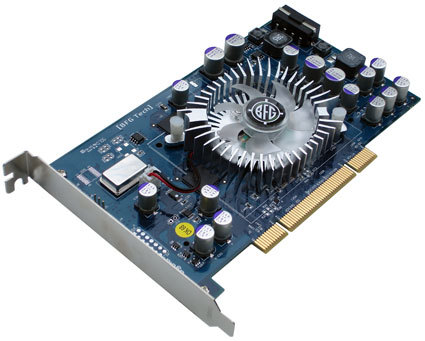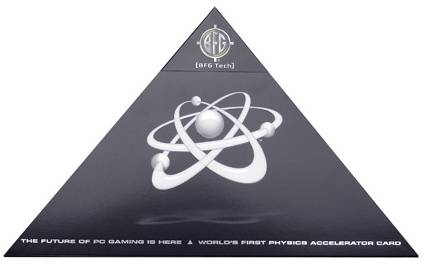Is Ageia's PhysX Failing?
PhysX Only Might Not Be Enough
3D acceleration changes the way the world looks at games. With Vista and DirectX 10 on the horizon, many are looking forward to what geometry shaders, lower system overhead and other developments will do for games. More recently we were introduced to the possibility of accelerating physics calculations and adding effects to currenatt and upcoming game titles.
Ageia, ATI, and Nvidia have each put their two cents with respect to physics becoming the next major advancement in computer games. Many in each of these companies predict that physics will add a whole new level to gameplay, similar to what 3D acceleration did for image rendering. The addition of physics that we take for granted everyday will add even more realism and thus a better immersive experience.
Hopes have been high for the solution from Ageia, and at the Game Developer's Conference (GDC) this year many people were excited about the prospects of more physics and effects in their games. Although there was (and still is) a limited number of software titles that can utilize the Physics Processing Unit (PPU), the hope of seeing more titles emerge at E3 was crushed, as there were only patches to some games and a general lack of new content.
Recently we have been getting more glimpses at GPU-accelerated physics, and it raises doubts about Ageia in both the long and short run. Both Nvidia and ATI have been working with Havok, a company which you might have heard of. Havok has been developing and implementing game development tools and engines; its product list includes gameplay physics engines with multi-core and multi-thread support. Now it also has an effects physics engine called Havok FX, which is being used by ATI and Nvidia for their effects physics hardware acceleration.
Since the previous article covering the Ageia PhysX processor we have continued our work in the labs to get a better handle on what this hardware can do. There are two titles in development that will utilize the PhysX hardware, both from Immersion Games: Cell Factor Combat Training and Monster Madness. While we don't have a copy of Monster Madness, the Cell Factor demo has been available for some time. We are not positive if Artificial Studios will require a PPU when the games are released; the Cell Factor demo currently requires it, but does it really need it, technically? With some creative help from the gaming community, we tested the game with and without acceleration by the PhysX processor. As you will see, the results are very interesting.
Join our discussion on this topic
Speak out in the Toms's Hardware reader survey!
Get Tom's Hardware's best news and in-depth reviews, straight to your inbox.

